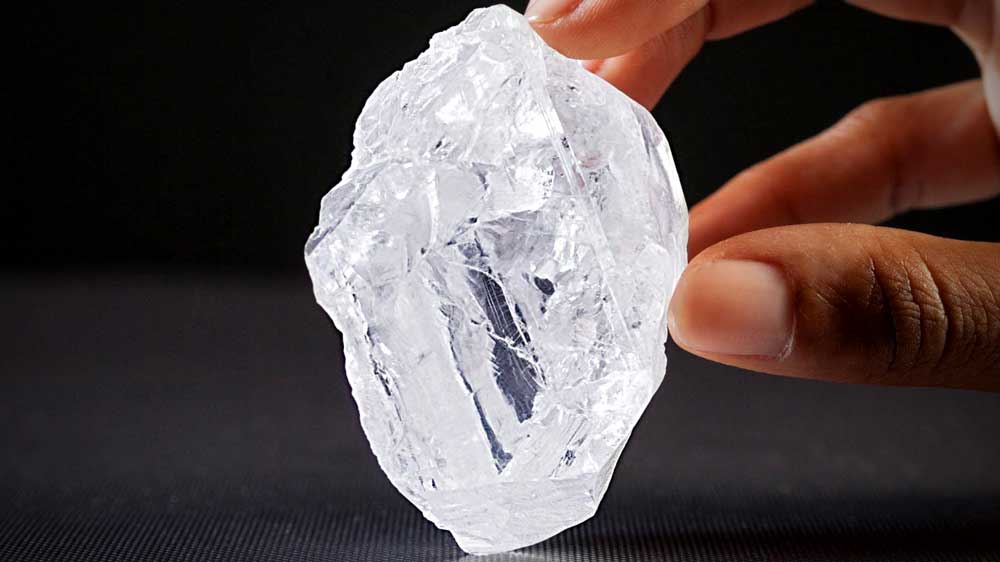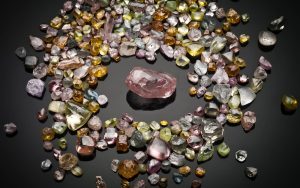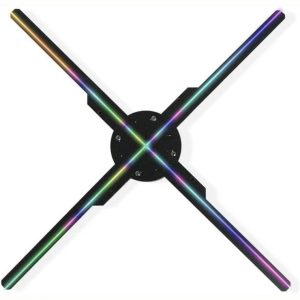
Diamonds are renowned for their dazzling beauty, but before they become the precious gems that adorn jewelry and captivate our eyes, diamonds start their journey in a much less glamorous form: as raw stones deep within the Earth. Identifying these unpolished diamonds is a skill that requires an understanding of their unique characteristics and an eagle eye for detail. In this article, we will delve into the world of raw diamonds, exploring how to distinguish them from other minerals and uncovering the secrets behind their natural allure. So grab your magnifying glass and get ready to embark on a fascinating quest to unveil the hidden treasures of these extraordinary gemstones.

Physical Characteristics:
The physical characteristics of diamonds may seem like a mere part of their overall allure, but they hold great significance in helping you identify the real deal.
Hardness
One key characteristic to consider is hardness. Diamonds are known to be the hardest naturally occurring substance on earth, which means that if a gemstone scratches glass or feels abrasive against other surfaces, it’s likely not a diamond.
Transparency
Another important factor to look out for is transparency. Most diamonds are transparent and allow light to pass through easily. However, keep in mind that not all diamonds are completely transparent, as some may exhibit certain degrees of cloudiness or internal flaws known as inclusions. Nevertheless, if a gemstone appears too opaque or has an uneven distribution of color when held up to light, it may not be a genuine diamond.
Color
Color plays a significant role in determining the authenticity of raw diamonds. Though commonly associated with clear white stones, diamonds actually come in various colors including yellow, brown, and even rare hues like blue and pink. The intensity and saturation of color can greatly affect a diamond’s value – the more vivid and saturated the color, the rarer and more valuable it is likely to be.
Luster
Lastly, luster refers to how light interacts with the surface of a diamond. Genuine diamonds often have a high level of luster due to their exceptional reflective qualities.
Visual Examination:
Using a magnifying glass for clarity assessment is an essential step in identifying raw diamonds. This simple but effective tool allows gemologists to uncover the true nature of a diamond by zooming in on its internal features. A high-powered magnifying glass, typically with a 10x magnification, reveals any imperfections or inclusions that may be present within the stone. These inclusions can range from tiny mineral crystals to other diamonds trapped within the structure.
The visual examination using a magnifying glass not only helps determine the clarity grade of a diamond but also offers valuable insights into its overall quality and authenticity. By carefully inspecting both the external surface and internal characteristics of the stone, gemologists can detect signs of treatments such as laser drilling or fracture filling that may affect its value. Additionally, certain types of inclusions can provide clues about a diamond’s natural origin, as different regions have distinct geological conditions that impact these internal features.
While modern technology has introduced advanced imaging instruments like microscopes and digital cameras, using a traditional magnifying glass still holds significant importance in diamond identification. It provides gemologists with an intimate view of even the tiniest details and enables them to make accurate assessments firsthand. The tactile experience gained through manual examinations cannot be replicated by any digital device and remains an integral part of this age-old craft.
Professional Testing Methods:
When it comes to identifying raw diamonds, professional testing methods play a crucial role in ensuring their authenticity and value. Among these methods are thermal conductivity and light reflection measurements. Thermal conductivity is the ability of a material to conduct heat, and in the case of diamonds, it can help distinguish them from other gemstones. Diamonds have an exceptionally high thermal conductivity compared to most other materials, making them excellent heat conductors.
On the other hand, light reflection measurements provide valuable insights into a diamond’s quality and its ability to reflect light. A raw diamond that possesses good light reflection will exhibit scintillation, fire, and brilliance – all desirable qualities that contribute to its visual appeal. By measuring how light interacts with the diamond’s facets and how much is reflected back through various angles, gemologists can assess its cut quality and determine if it meets industry standards.
By incorporating these professional testing methods – thermal conductivity and light reflection measurements – experts can accurately assess whether a stone is a genuine diamond or not. These techniques provide objective data on key characteristics such as heat conduction capability and optical properties essential for evaluating a raw diamond’s value. Understanding these methods sheds new light on the intricate process of identifying genuine diamonds in an industry where imitation stones often abound.
Conclusion:
To conclude, here are some key tips to help you identify genuine raw diamonds. Firstly, be aware of the weight and density of a diamond. Genuine raw diamonds are known for their high density and weight, so if you come across a stone that feels light or has an unusual weight, it is likely not a genuine raw diamond.
Secondly, observe the color of the diamond. While most people associate diamonds with clear or white coloration, raw diamonds can come in various shades like yellow and brown. However, it is important to note that genuine raw diamonds will still possess a natural brilliance and sparkle.
Lastly, consider seeking professional assistance when identifying raw diamonds. Certified gemologists are equipped with the expertise and tools to determine the authenticity of a diamond. It may be worth consulting these professionals before making any significant purchases.
In conclusion, identifying genuine raw diamonds requires careful observation of factors such as weight, and color, and seeking expert advice when needed. By familiarizing yourself with these key tips and conducting thorough research, you can become more confident in identifying authentic raw diamonds and avoid falling victim to imitations or scams in the market. So go ahead – start your exploration into the world of raw diamonds armed with this knowledge!
Also Read: Unveiling The Hidden Secrets Of On-Page Optimization For SEO Success






